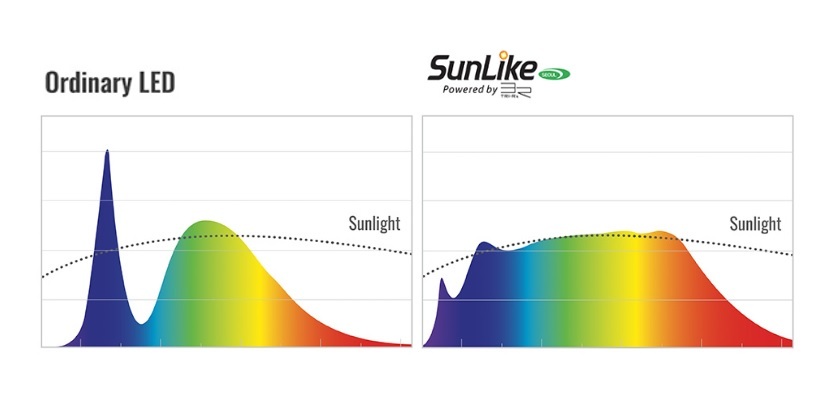eyesdownchronic
Active member
Why must I give my plants all these extra additives at the same par value under different colors?
I can understand that they are more efficient and that 50w white led is 100 w blurple; but forget about watts, we talking par now.
Can you, or someone here give me the logical explanation? I hate it when I don't understand something so please enlighten me.
You may see a needed change in formulation because plants behave differently when under different wavelengths of light.
Blue light causes plants to grow smaller, tighter leaves, with thicker cuticles. Blue light also causes plants to create additional anthocynanins with the purpose of dissipating excess light energy. I'm not entirely sure but I also imagine that blue light would promote extra chlorophyll production, which is exactly where increased N and Mg come in.






